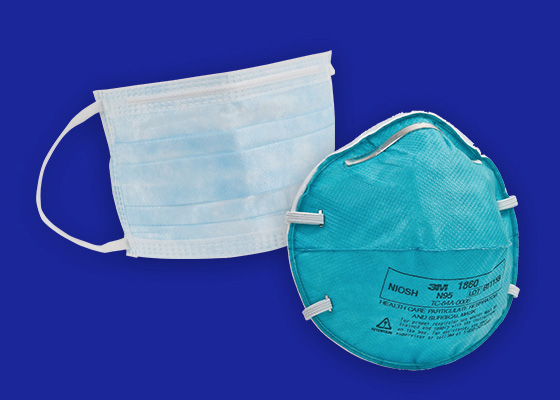Managing caries and motivating change, part 2: Motivational interviewing
How do you motivate your patients? Discover how caries risk assessments and motivational interviewing tactics can help you connect with…


This article provides an overview of different types of personal protective equipment (PPE) for dental professionals, including masks and respirators.
As the world navigates COVID-19, dental professionals around the globe are responding to dental emergencies and anticipating a return to work. Safety in the dental setting has always been a priority, and dental professionals seek peace of mind for patients and staff.
The American Dental Association, for example, offers interim guidance for face protection, as many dental professionals are wondering about how to protect against airborne contaminants.
Per the Centers for Disease Control and Prevention (CDC), healthcare professionals should use the highest level of PPE available. Moreover, as COVID-19 patients can be asymptomatic, the CDC advises professionals to assume all patients could transmit the disease.
With the guidelines in mind, we’re here to help dental professionals brush up on what differentiates masks and respirators.
As a dental professional, you’ve likely worn a surgical mask to protect yourself and your patients from contaminants, such as splatter and spray.
Surgical masks help protect patients from particles expelled by the dental professional and protect the dental professional from fluids generated during procedures. The mask is fluid-resistant and fits loosely around the face.
Respirators reduce the wearers’ exposure to airborne particulate hazards, and act as an air filter. Respirators contain filter material and are designed to form a tight seal with the wearer’s face, so air must pass through the filter before inhalation. Not all N95 respirators are considered fluid resistant. Look for an N95 respirator that is designated as a surgical respirator. This designation means that the respirator offers a level of fluid resistance in addition to airborne hazard protection.
Refer to this helpful table to note differences:

![]()
Technical Bulletin: Surgical N95 vs Standard N95 – Which to Consider?
As you return to work, it will be important to consider all aspects of your personal protective equipment and safety protocols. Everything from face shields to spaced-out appointments could count towards extra precautions that encourage a healthy environment.
Above all, remember the work you do matters – helping to ensure lifelong oral health for all.

How do you motivate your patients? Discover how caries risk assessments and motivational interviewing tactics can help you connect with…

Caries is a complicated multifactorial disease. In this two-part series, explore how caries risk assessments can help improve evaluation and…

Zirconia may be part of your everyday vocabulary, but how much do you know about this ceramic material? Learn more…